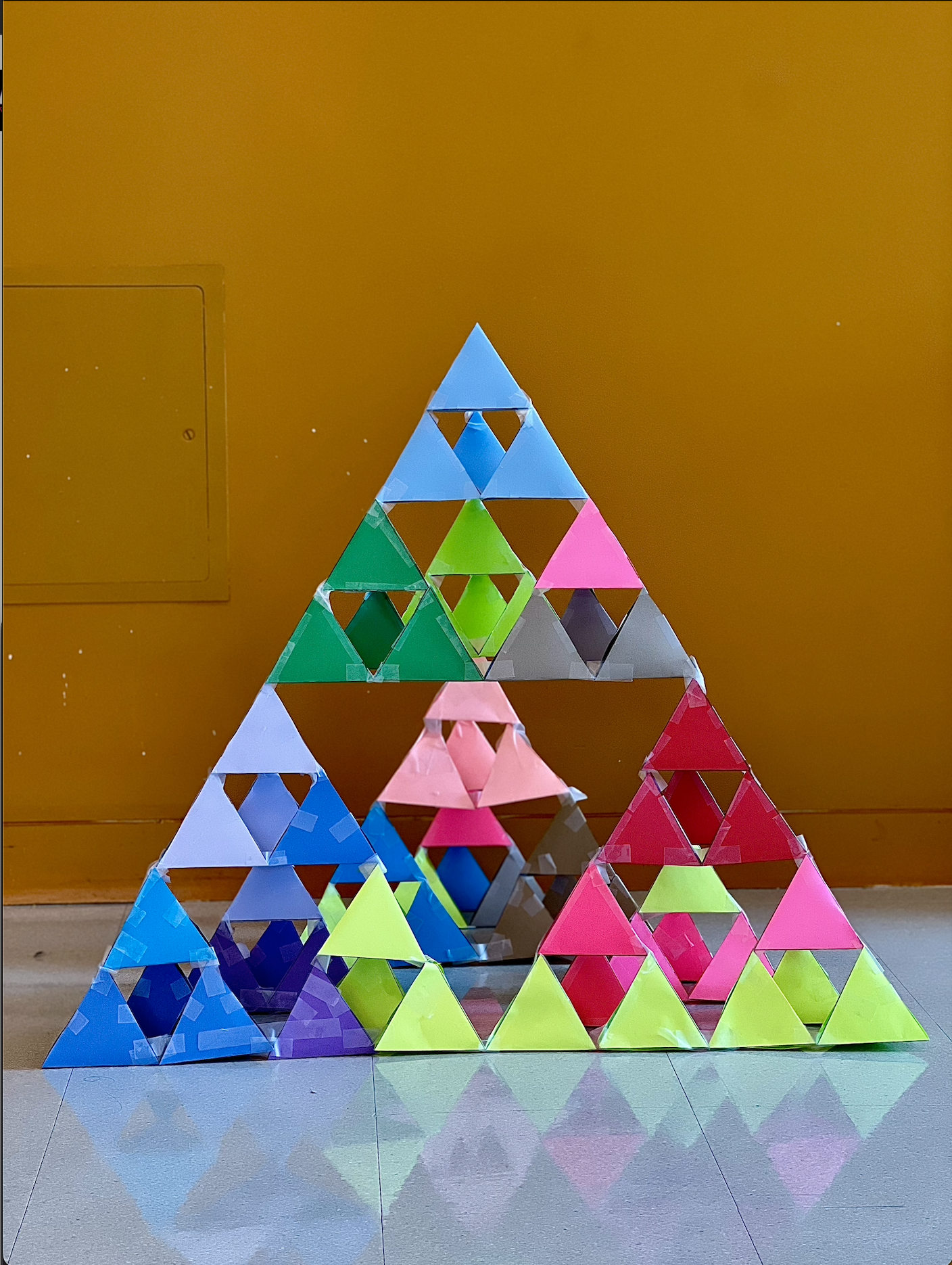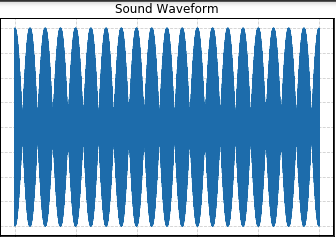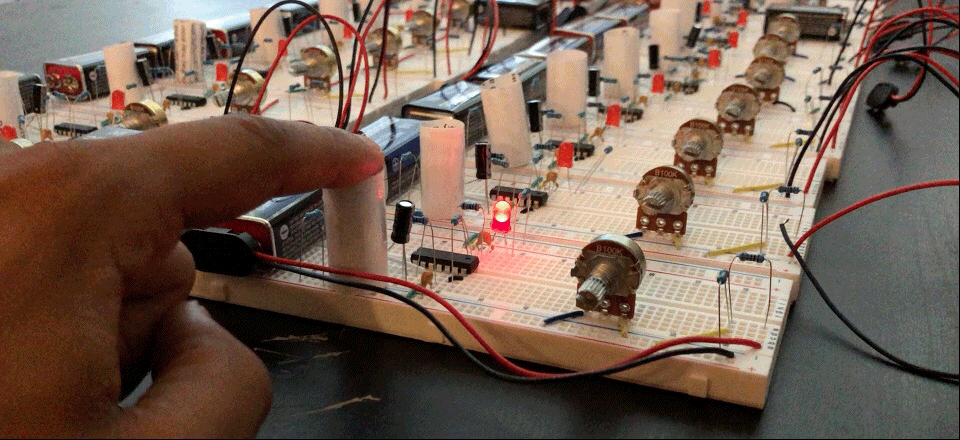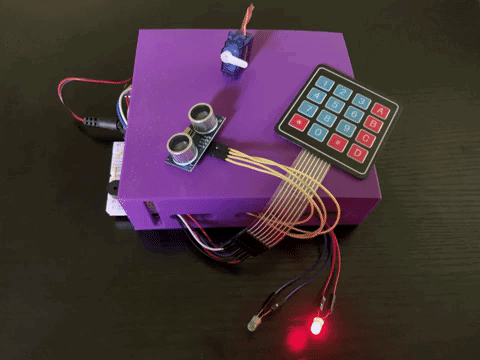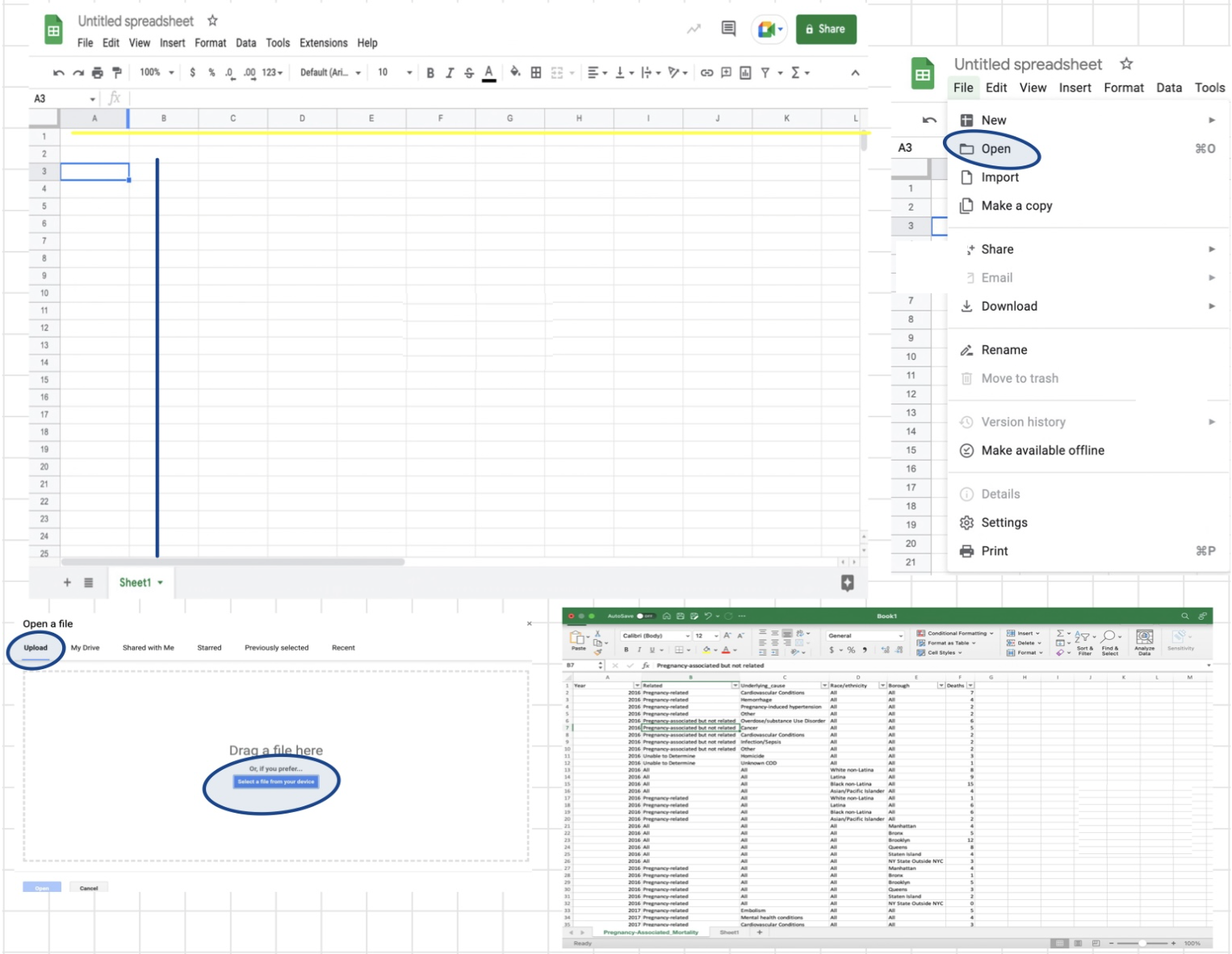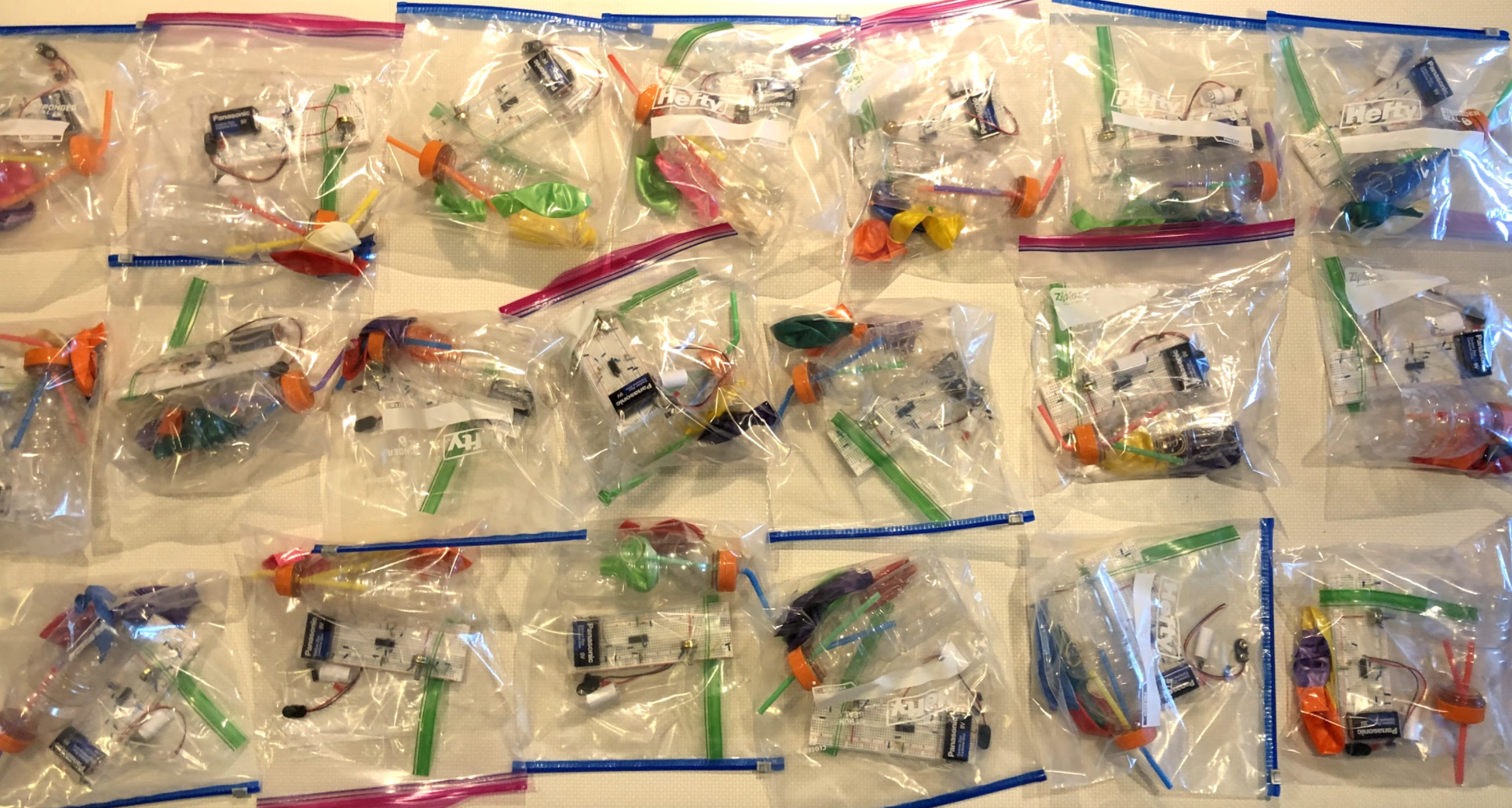AVELA's Projects
Members

Computing
Tetris and Machine LearningYouth Web Design Program - Fundamentals of HTML & CSS
Tanks Battle Royale and Digital Design
Coding Fractals!
Coding a Smart Arcade Game Player!
Fun with Sound-usoidal Waves
Data Activism
Quantum Computing: Step Into the Future of Tech
Quantum Computing Masterclass: Innovation for Tomorrow
Innovative Applications of ML in Aerospace Industries
UX Research & Design
Mixed Reality for Social Impact

Engineering
Analog Heart-rate MonitorPortable Door Alarm System
Sustainable Technologies & 3D Modeling
Arduino Circuit Drop
Green Infrastructure Engineering
Arduino Circuit Toss
Arduino Smart Shoe
Arduino Smart Hydroponic Farms
Drones & Embedded Systems
Analog Electronics & Radio Communication
Sustainable Solutions in Construction & Environmental Design
Technology & Computational Design for Sustainability
Origami in Engineering




